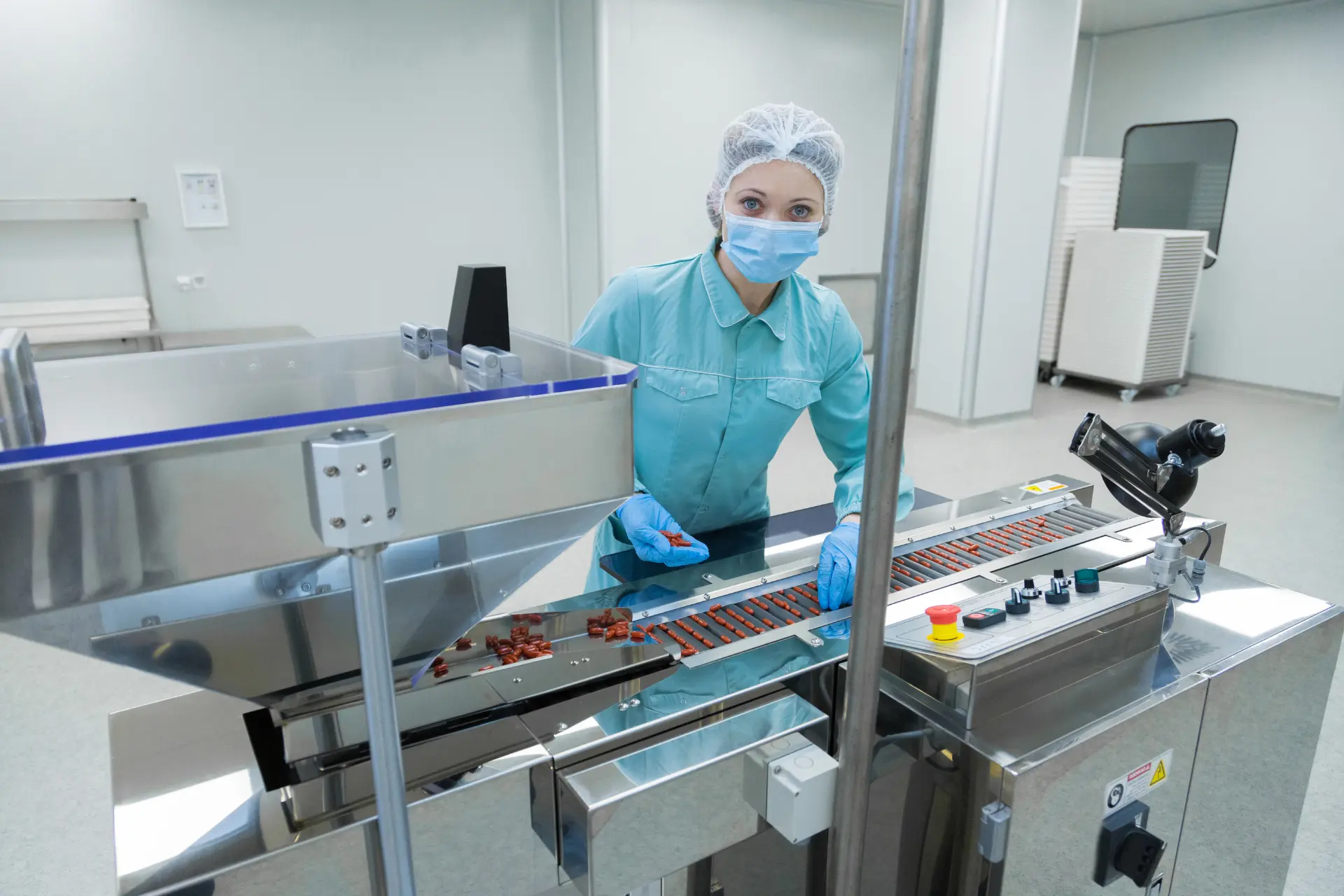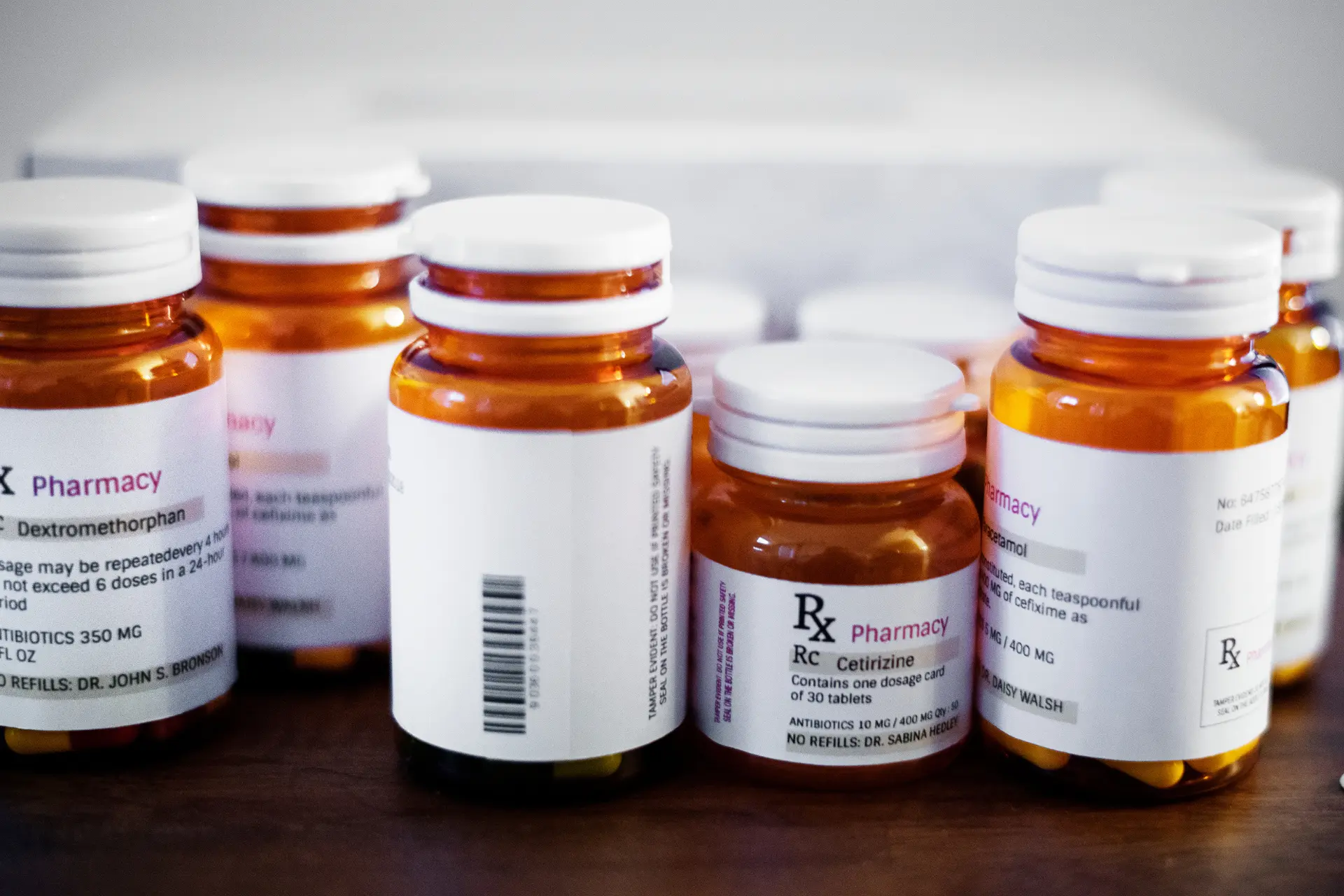This is the second of a two-part post looking at how any food & beverage business – no matter how large or how small – can move closer to achieving that all important “Right First Time” target for artwork approvals.
In the first part of the article, we covered 5 key steps to prepare the foundations of your process: going digital; centralising and collating information; facilitating collaboration; automating mandatory inclusions; and “locking” your design (if you haven’t already had the chance to read that, please do check it out here).
In this second instalment, we’re going to move on to 6 ways that you can effectively implement and accelerate the artwork approval process itself: all with that “Right First Time” goal firmly in sight.
No. 1 – Collaboration (again)
We talked in the first part of this post about facilitating collaboration by connecting all your stakeholders and contributors (internal and external) into the same digital platform, using permission-based controls to determine levels of visibility and actions.
Using that platform to allow everyone to collaborate around one central, digital version of an artwork when reviewing and approving is a key facet of this. Online approval means that your design/artwork team or agency upload a PDF that everyone in the team is then able to view at the same time. They should be able to interrogate this file in exactly the same way as they would a physical file – including measuring dimensions, looking at colour separations and densities and so on.
Reviewers should be able to comment on or annotate against the online artwork with any queries or amend requests, which are then visible to everyone else reviewing. This facilitates collaboration (and speeds up the process) as queries can be addressed live, and there is a clear history of what’s already been actioned, noted or approved.
Where necessary, new versions can be easily (or even automatically) compared to previous versions directly. Reviewers are also able to easily and immediately reference any data or content that was collated throughout the preparation stages, so there is no time lost in searching through endless files.
No. 2 – Structure your workflows
There are a number of big benefits of moving to a digital system (which was our key step 1 in preparing the foundations). One of these is that in moving from an email process – or even a paper-based process – you can structure the workflows in your artwork approval process much more efficiently.
Approvals may be assigned sequentially or concurrently – or a mixture of the two. For example, you can make sure that certain people approve key information first, collectively (and again automatically) notifying the rest of the team for action once that’s been complete, before coming back to a final “master” approver or decision maker only after everyone else has input. This keeps the process moving swiftly, preventing lots of “back and forth”, or asking people to approve artwork they don’t need to see yet.
To that point, you can also build in a pre-approval stage. Before the artwork is released into the approval workflow, the Project Manager will be able to automatically verify that everything on the artwork is matched against the data and information input to the system by the stakeholders. Because that information in itself should already have been verified before it was fed into the artwork brief, this makes a huge difference in terms of approval “rounds” – meaning any requests for changes at artwork stage should very much become the exception, rather than the norm.
No. 3 – Integrate your systems
We talked previously about collating and preparing the information which would ultimately feed into the artwork within one central platform, which can and should include much of the product and packaging development processes.
In most businesses however there will be some information – such as product codes or EAN codes – which will be generated by other systems such as your ERP tool. Integrating these systems such that information feeds directly into the artwork brief (or even indeed onto the artwork itself… but that’s another post!) is much easier than you might think, and another effective way to accelerate the artwork preparation and approval process and reduce risks of change error.
No. 4 – Make your Project Management easy
Effective project management is a key element throughout the preparation and approval stages of artwork creation. This is typically associated with lots of “chasing” for information, managing actions and timelines through something like a spreadsheet-based “tracker” which is updated manually. All of which is highly time-consuming, and often frustrating!
Using a centralised, digital system from the start should not only take a lot of that project management pain away and accelerate your artwork preparation and approval, but also provides brands with significantly more control and reduces the risks of non-compliance.
Once the artwork is released for approval, the Project Manager should be able to see exactly who has accessed it, reviewed/commented and rejected or approved, all at a glance on a Project Management “dashboard”. Each user will also have their own personal dashboard, with visibility and notifications as to when they need to review artworks, or when another reviewer has commented on something they need to action. No more manual chasing required!
No. 5 – Maintain traceability
With the best will in the world, sometimes things do go wrong. There are pre-emptive actions that can be taken to minimise those risks (and we’d expect much of what we’ve been describing in these two articles to do just that), but occasionally human error may creep in.
What’s important if that does happen is being able to pick it up (ideally before any packaging is printed), and to be able to easily and quickly trace the source of the error so that it’s corrected for future.
Implementing digital artwork approval provides you with a full and easily auditable trail. Not just of what information has gone into each and every artwork (and therefore can be traced back to it’s source, cross-referenced etc), but also who has made what comments, amends and approvals. As a final check, an approved digital artwork can also be compared to proofs provided by the repro agency or printer, to ensure there has been no errors in file conversion, use of old files etc (more on that in a moment!).
No. 6 – Curate a live Artwork library
You may be asking “how does this help my artwork approval”? The answer is, in a number of ways!
As just one example, a common source of frustration at artwork approval stage is when a change which has been requested and implemented on a previous version of the product’s printed packaging (or another related product within the range) is not captured, and incorrect information is presented again. This poses a risk of error on multiple fronts, as reviewers may assume they have already corrected it, and therefore not check properly to spot that it has “reverted”.
Whilst no-one would cite this as best practice, some of these changes may previously have been made post-approval, or even at repro stage; and sometimes the brand owner has only ever had a PDF file (or worse, a print-out). All of which means that brands and manufacturers are not in control of their own artwork, and not able to ensure that any updates are actioned against the true “final” current printed version.
Making sure that you keep a live library of completed artwork (including both PDFs and “native” Illustrator, InDesign or other appropriate format) therefore offers multiple benefits. First it allows for easy traceability when information that might appear on pack changes, and you can automatically determine what products and packaging artworks are affected. Secondly, it means you will always be using the accurate final version – thereby speeding up approval and reducing associated risk. Furthermore, it gives you as a brand owner flexibility and control on where and how you have your final packaging produced.
So there we have it… with the right practices and platform in place, that “Right First Time” industry gold standard of 1.6 approval cycles is very much within reach, no matter what size or structure your business is. As ever, if you’d like to find out more about how 4Pack can help you achieve that goal, please get in touch.



